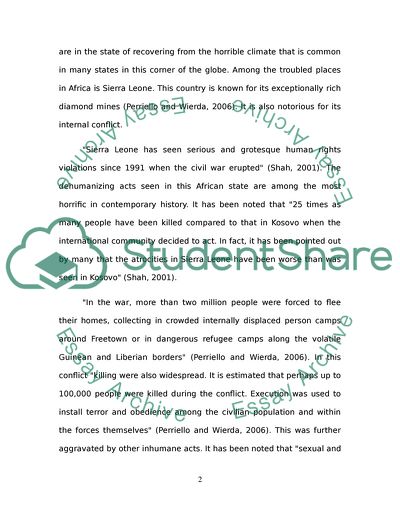Cite this document
(“Naomi Campbells Recent Testimony Case Study Example | Topics and Well Written Essays - 3500 words”, n.d.)
Naomi Campbells Recent Testimony Case Study Example | Topics and Well Written Essays - 3500 words. Retrieved from https://studentshare.org/sociology/1575028-law-essay-llb-media-law
Naomi Campbells Recent Testimony Case Study Example | Topics and Well Written Essays - 3500 words. Retrieved from https://studentshare.org/sociology/1575028-law-essay-llb-media-law
(Naomi Campbells Recent Testimony Case Study Example | Topics and Well Written Essays - 3500 Words)
Naomi Campbells Recent Testimony Case Study Example | Topics and Well Written Essays - 3500 Words. https://studentshare.org/sociology/1575028-law-essay-llb-media-law.
Naomi Campbells Recent Testimony Case Study Example | Topics and Well Written Essays - 3500 Words. https://studentshare.org/sociology/1575028-law-essay-llb-media-law.
“Naomi Campbells Recent Testimony Case Study Example | Topics and Well Written Essays - 3500 Words”, n.d. https://studentshare.org/sociology/1575028-law-essay-llb-media-law.


